The essential aspect of workplace security involves fire safety which requires fire extinguisher training to make employees ready during emergencies. The traditional teaching methods lack the capability to deliver practical hands-on training that avoids genuine emergency situations. Virtual Reality (VR) fire safety training programs serve as the solution for delivering risk-free training to employees.
Fire threats exist as major risks across different production sites and business facilities. Fire incidents will result in destructive property destruction and harm to people leading to possible deaths. The right amount of fire safety training for employees can be the determining factor for success in such situations. A well-designed virtual reality fire safety training platform provides students with a safe environment to learn useful fire response methods through dynamic and interesting lessons. If you’re considering implementing a VR fire safety training program, here are six key features to look for:
1. Realistic Fire Simulation
A superior virtual reality fire safety training solution must present fire scenarios that deliver authentic and complete experiences to trainees. The training environment needs to duplicate actual spaces so students can manage fires which exist in electrical safety zones and chemical systems along with grease-based flames. Such scenarios allow workers to grasp fire behaviors together with appropriate methods to fight these flames.
A small spark in refinery conditions can grow into an extensive refinery-wide fire when employees fail to handle it properly according to VR simulated examples. The realistic simulation quality prepares participants to handle actual emergency situations. As trainees advance through their simulation program the VR experience becomes more complicated because it adjusts difficulty levels.
2. Interactive Fire Extinguisher Training
Users must have the capability to interact with virtual fire extinguishers during training. Users need training to learn how to select appropriate fire extinguishers based on types of fire and to use the PASS method along with comprehending each extinguisher’s operational boundaries.
A properly designed virtual reality program uses real-time information to teach needed improvement for skill acquisition. Users get system alerts when they maintain their fire extinguisher wrong or when they position near fires. Watch this fire extinguisher training module to understand an interactive training method.

3. Adaptive Learning and Customization
Different fire hazards exist in varying forms. The implementation of good virtual reality fire safety training includes the capability to adapt instruction to distinct business and working environments. A customized training scheme must fit the security hazards present in oil refineries and workplaces including offices or manufacturing plants.
The training content for an oil and gas enterprise should emphasize gas leak safety and combustible material education whereas corporate offices should receive basic training on electrical fire prevention. The adaptation features built into this educational system allow it to modify difficulty levels according to trainee performance results for customized education delivery.
4. Performance Tracking and Analytics
To deliver effective VR training organizations must implement tracking features which assess user performance. The tracking system must record both user response speed together with the precision of fire extinguisher operations and the quality of decision-making capabilities. The collected data enables organizations to determine worker preparedness and spot training deficiencies.
Research demonstrates that VR training simulations equipped with performance-tracking systems enable workers to perform emergency situations with greater success by 30% compared to standard training methods. The implementation of advanced analytics provides employers with a method to identify training areas needing improvement so they can provide specific retraining while ensuring worker compliance.
5. Multi-User Training Capabilities
The effort for fire safety requires collaboration from teams which needs proper training representation. Your selection of a VR program must have the ability for multiple participants to join at once. The training system allows groups to practice joint responses which enhances their methods of interacting and working together during emergency fire situations.
Members of warehouse staff can train jointly to perform evacuation simulations and understand their emergency responsibilities. Fire safety training benefits from multi-user simulations since different players take on defined roles by either guiding colleagues through evacuations or using suppression equipment.
6. Integration with Existing Training Programs
A great VR fire safety training program should complement and integrate with existing fire safety protocols. It should be compatible with Learning Management Systems (LMS) to track employee progress and allow organizations to combine VR training with in-person drills.
Many companies successfully integrate VR into their training programs, reducing overall training time by 40% while improving knowledge retention. When VR fire safety training is used alongside traditional methods like fire drills and theoretical classes, it creates a more comprehensive and effective learning experience.
The Future of VR Fire Safety Training

The advancement of technology makes VR fire safety training systems acquire more sophisticated capabilities. AI virtual reality systems currently evaluate trainee stress and decision-making skills when under pressure to guarantee realistic emergency training experiences. Some VR training programs employ haptic feedback technology to produce realistic fire heat sensations along with pressure effects that enhance program immersion.
The implementation of comprehensive VR fire safety training assignments yields improved workplace security together with decreased expenses between standard fire exercises and classroom instruction.
Conclusion
Virtual reality delivers a transformation in emergency readiness training for organizations through its use in fire safety preparation. Through the implementation of authentic simulation platforms and interactive fire extinguisher training and adaptive learning systems with performance tracking and multi-user capabilities and integrated tools businesses can guarantee that their employees receive proper fire incident preparation. To learn more about VR Safety Trainings in Refineries, check out this blog: VR Safety Trainings in Refineries: Helping Reduce Errors.


